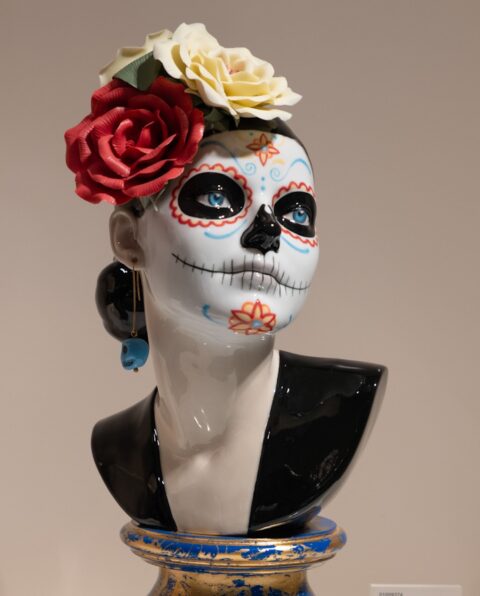Lladro
Lladro. It makes you think of the frilly, floral porcelains like those on the shelves of the curio cabinet in your grandmother’s dining room. You know the ones, pinks and blues, delicate flowers and rosy cheeked maidens staring longingly into the eyes of their suitors.
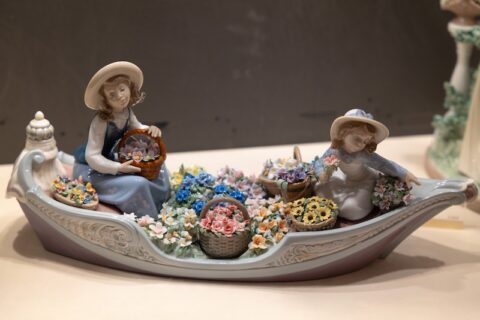 And you would be right. Lladro has its foundations in the most traditional of porcelain both in technique but also in the traditional pieces. As such, it is easy to dismiss but you would be wrong to because the Valencia based, family owned and operated company is much more. So very much more.
And you would be right. Lladro has its foundations in the most traditional of porcelain both in technique but also in the traditional pieces. As such, it is easy to dismiss but you would be wrong to because the Valencia based, family owned and operated company is much more. So very much more.
Their company offerings are now vast. Within porcelain figurines there are the traditional offerings that your grandma might have had but their catalogue now includes artistic editions such as the Little Devil Cat from a partnership with Javier Calleja as well as The Guest, a multi-artist collaboration where designers offer their interpretation of a single figure.
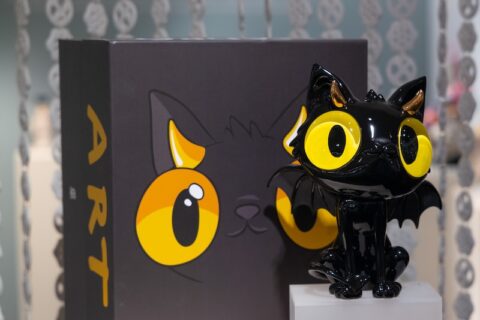
There are limited editions, design porcelain, high porcelain and even licenses with DC Comics, Peanuts, Star Wars and Disney for popular figures such as Batman, Snoopy, Darth Vader and Tinkerbell.
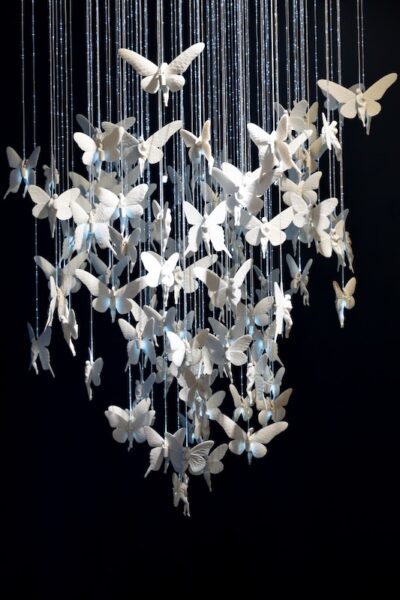 In addition they offer incredible lighting as well as a line of porcelain that offers scent diffusers.
In addition they offer incredible lighting as well as a line of porcelain that offers scent diffusers.
The Lladro factory is a bit outside of Valencia proper but is worth the journey to visit the boutique and take the tour. You will need to make a reservation in advance to insure that there is room on the tour but also if you want to be part of an English language group.
The Lladro Tour
The tour begins in a small purpose built theater with a short video about the history of the company and their innovation and growth into a global brand. Sadly, there are no photos allowed in the production area (which makes sense).
After the film the tour begins in the theater where there is a side table along one wall with examples of each step of the process. Our guide, Maria, spent time with each of the step. This begins with a concept and moves to the Lladro creative committee for approval. The green light only comes after multiple steps beginning with clay prototype models followed by refined models in clay and then plaster prior to being approved for casting into porcelain.
Those final plaster models are used to create the molds and the first step in the small workshop they have set up for the tour demonstrates how those molds are utilized to create the final porcelain figures.
Maria demonstrated showing how each individual mold comes apart to release the final dried porcelain as well as how each of those molds creates a piece of the puzzle for individual porcelain figure. Figures are pieced together from multiple pieces to make the molding process manageable. You can imagine that casting the full figure of a goddess might be fraught with mishap if molded as a single piece, however, creating arms, legs, torso and head for assembly reduces that risk.
Some of the porcelain figurines might be that simple but most are complex enough to require dozens, even hundreds of pieces.
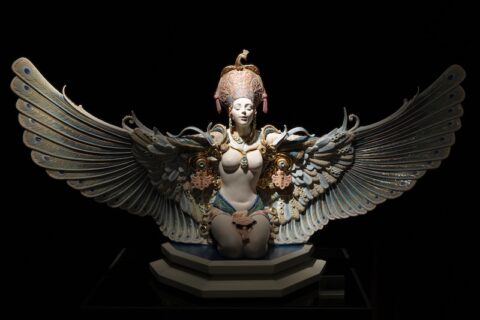 The light taupe colored liquid porcelain is poured into the molds until they are full. Numbers written on each mold indicate the time the porcelain should sit in the mold before the liquid porcelain is poured out. The time represents the thickness of the porcelain that has been determined during the prototype process and depends on a number of factors such as the size of the piece being molded and the individual piece. A torso might rest for longer than a hand, for example.
The light taupe colored liquid porcelain is poured into the molds until they are full. Numbers written on each mold indicate the time the porcelain should sit in the mold before the liquid porcelain is poured out. The time represents the thickness of the porcelain that has been determined during the prototype process and depends on a number of factors such as the size of the piece being molded and the individual piece. A torso might rest for longer than a hand, for example.
After the excess liquid porcelain is poured out the molds are allowed to stand and this time period also depends on on the size and shape of the particular piece that will go to making up the final sculpture.
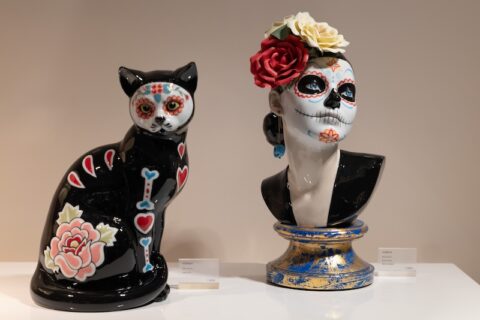 Undried pieces, sculptures and the liquid are a brown tint. This turns whiter as they dry.
Undried pieces, sculptures and the liquid are a brown tint. This turns whiter as they dry.
The pieces are assembled after careful sculpting of the holes in each that allows the communication of air inside the figure. The figurines are hollow and there are holes strategically placed for each mold and when assembled the holes are lined up to allow for air circulation while firing in the kiln. Because the porcelain will shrink slightly and the heated air will expand the hollow sculpture needs to allow the air to escape the cavity to avoid cracking or shattering during firing.
Excess trim is removed and then using liquid porcelain the figure is assembled and allowed to dry. After that it’s on to the painting and application of smaller features — ears, roses and the like.
The painting is specifically proscribed by the CC with color and even the type of brush used. Each person on the team specializes — some in faces, others in body parts. Roses are crafted in a thicker porcelain paste for example and the different color of the clay determines the final color after the figure is fired. Metallic glazes are applied in a two step process.
This seems like a lot of detail about the tour but it is far from a complete and there is no way that one can do justice to the how inspirational visiting the Lladro factory to see the amazing detail, care and artistry that goes into their work.

